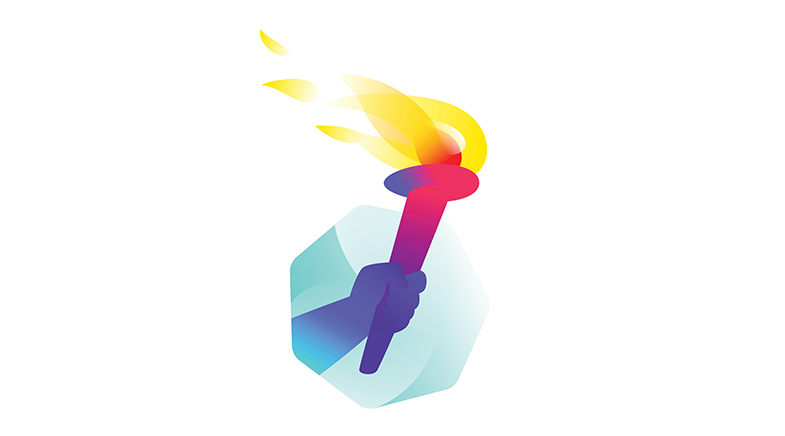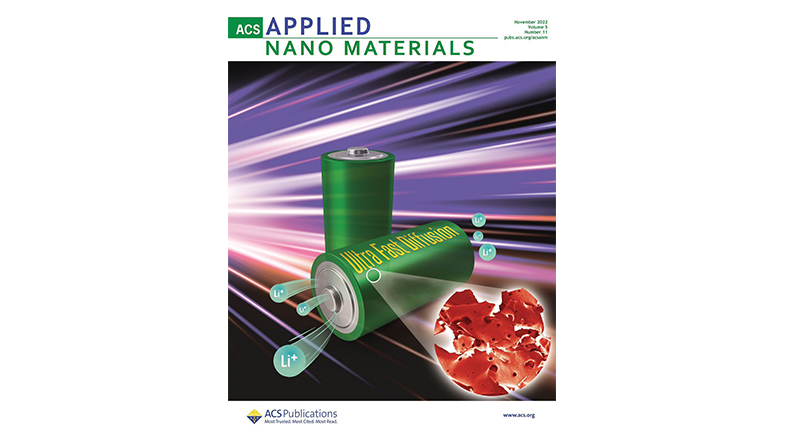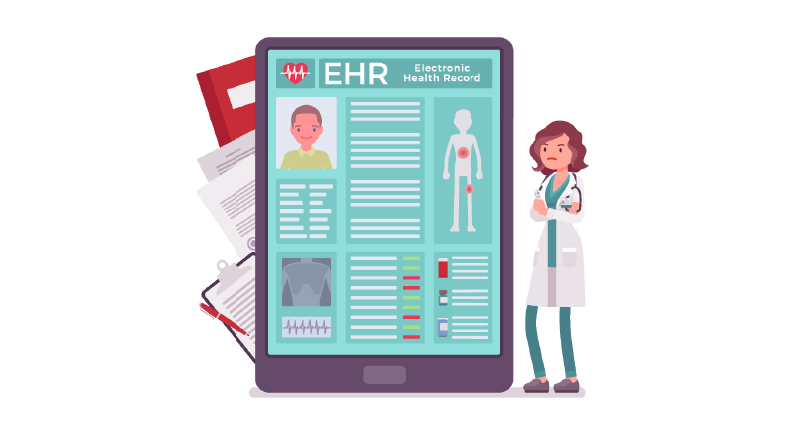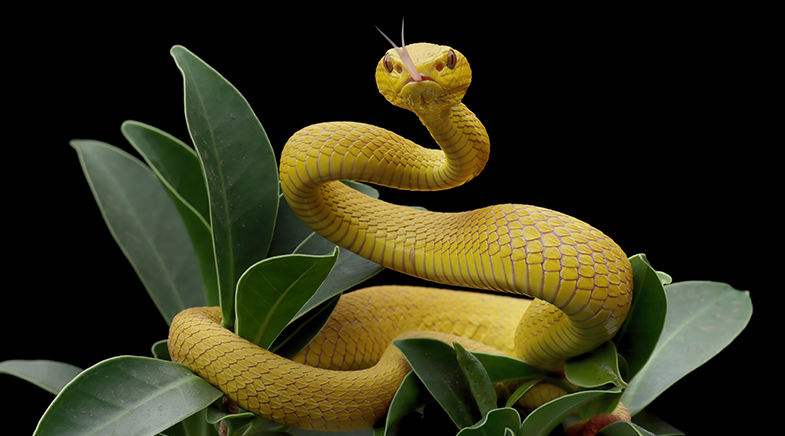Pride of Li-ion
-
- from Shaastra :: vol 01 issue 06 :: Nov - Dec 2022

You may liken it to a carpet with many holes. But while such a rug is unlikely to spread joy, Kabeer Jasuja and his colleagues were delighted with their hole-filled nanosheet: it had the potential of transforming electric vehicles and industries in need of Lithium-ion (Li-ion) batteries.
Researchers across the globe are looking at batteries that can charge within minutes and have a long life. Jasuja, however, was not thinking about fast-charging batteries, at least not seven years ago. But that changed when he looked at the structure of a 2D nanosheet of Titanium diboride (TiB2).
'It is like a good marriage between two properties,' says Jasuja, referring to the high surface area and the many holes of the nanosheet.
Jasuja, the Dinesh O. Shah Chair Associate Professor of Chemical Engineering at IIT Gandhinagar, and his colleagues discovered a new family of nanomaterials — rich in the element Boron. TiB2 is a member of this family and it displayed properties that made it perfect for use in Li-ion batteries.

The nanosheet has a high surface area and several holes spread across it. The high surface area allows ions to get adsorbed well. The holes enable the ions to diffuse more effectively throughout the sheet. And — as they would in a carpet with many holes — the ions don’t have to travel from one end of the carpet to another; they can leave the carpet through the many holes along the way.
"It is like a good marriage between two properties," says Jasuja, referring to the high surface area and the many holes that let the ions pass when charging or discharging. "This synergy is just what we need in a good anode material for batteries that charge really fast while maintaining a larger capacity to hold ions," he adds.
Additionally, the synthesis of TiB2 nanosheets is a highly scalable process. TiB2 synthesis — small- or large-scale — does not require any sophisticated equipment. It happens via a simple process of dissolution and recrystallisation.
Regular TiB2 in water has to be mixed with a minuscule amount of hydrogen peroxide. It dissolves at first and then starts recrystallising on its own. And, amazingly, when it starts recrystallising, it does so in the form of nanosheets. So, to synthesise TiB2 nanosheets, you merely need water, hydrogen peroxide and a stirrer, as Jasuja and his colleagues discovered three years ago.
Jasuja then collaborated with Noriyoshi Matsumi, Professor of Materials Chemistry, Japan Advanced Institute of Science and Technology, to test TiB2 as an anode in Li-ion batteries. Their early testing has shown the batteries have an ultra-fast charging pace and perform well even after more than 10,000 cycles of charging.
The researchers, whose findings were published in ACS Applied Nano Materials, are now looking at taking the batteries from the lab to the real world.
Have a
story idea?
Tell us.
Do you have a recent research paper or an idea for a science/technology-themed article that you'd like to tell us about?
GET IN TOUCH














